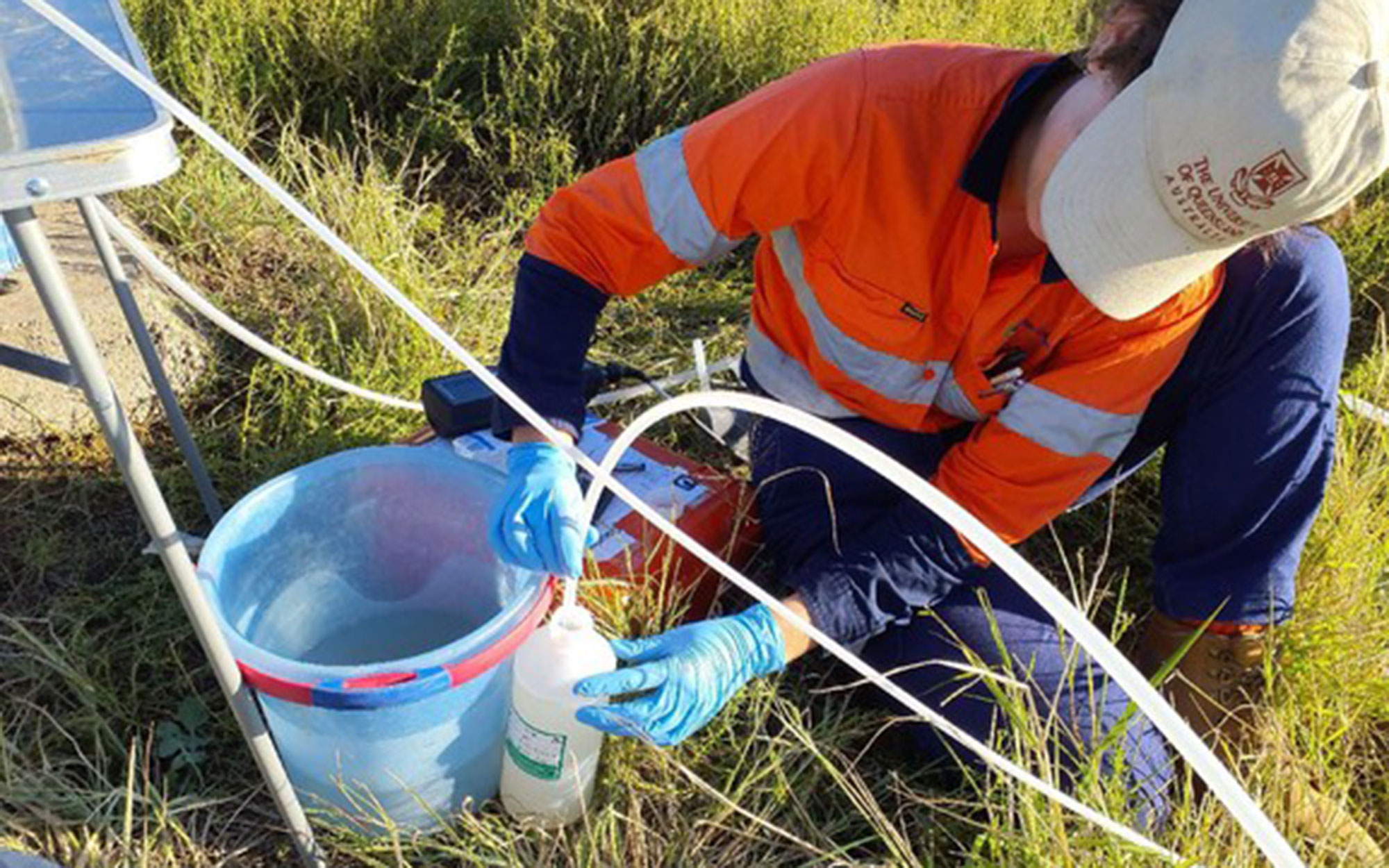About groundwater modelling
The department uses computer-based models to better understand groundwater flow systems. They are the most sophisticated tools available for simulating aquifer behaviour, and for predicting the effects of groundwater use. They can tell us the volume of water flowing into an aquifer and where that water is coming from.
A groundwater model is a computer-based representation of the essential features of a natural hydrogeological system that uses the laws of science and mathematics. Its two key components are conceptualisation and the mathematical code. Conceptualisation is an idealised representation of the hydrogeology: aquifer dimensions, hydraulic characteristics, and the recharge and discharge processes within the system. The mathematical code is a set of equations which, subject to certain assumptions, quantifies the physical processes active in the aquifer system being modelled.
There are many computer programs which model groundwater systems. We mainly use MODFLOW, which was developed by the United States Geological Survey (USGS), to model groundwater for water sharing and management. Groundwater planning models were developed to enable simulation and predictions based on water sources, diversions and losses in groundwater systems. Responses to changes in these sources, diversions and losses are modelled as changes in groundwater levels and groundwater quality in space and time.
Groundwater models were developed for major inland alluviums and selected coastal aquifers. The models are used to investigate, audit and derive sustainable yield estimates for the state's groundwater systems.
These models are used in different water management areas such as:
- evaluating recharge, discharge and aquifer storage processes (water resource assessment)
- quantifying the sustainable yield (economically and environmentally sound allocation policies)
- predicting the impact of alternative hydrological or development scenarios (to assist decision making)
- risk based resource management (assessment of alternative policies)
- auditing NSW compliance with the Murray-Darling Ministerial Council Cap and future sustainable diversion limit
- assessing the operational requirements of Salt Interception Schemes and other actions to mitigate salinity
- assessment of the impacts of mining in coal basins and the salinity impacts of new irrigation developments
- strategic and operational hydrologic matters.
- risk based resource management (assessment of alternative policies).
Modelling involves conceptualisation, data collation, software selection, model design and calibration against measured/observed data. A sensitivity analysis is also undertaken to evaluate the influence of parameter uncertainty on model outputs. After the completion, models are expected to go through a process of peer review.
Models can be especially useful where the groundwater system is under stress from high levels of use, or at risk in other ways such as from salinisation or contamination. For example, groundwater models were used to develop water sharing plans for the large inland alluvial aquifer systems of NSW, as shown on the GFM Alluvial Aquifers map PDF, 155.86 KB.
Groundwater model reports
We are developing updated groundwater models for alluvium in the Murray Darling Basin. These models and the reports that accompany them are being prioritised. Some of these models require re-conceptualisation using modern tools and complete rebuilds. The models and updated reports will feed knowledge into the Water Resource Plans.
Available reports
Report
In 2012, we developed a groundwater model for the Upper Lachlan alluvial aquifers to assist the community and resource managers to develop long term strategies to ensure environmentally responsible and economically sustainable use of this valuable natural resource.
Download the Upper Lachlan alluvial aquifers report (.PDF 9770KB)Report
In 2010 a groundwater model study for the Upper Macquarie alluvial aquifers was completed.
Download the Upper Macquarie alluvial aquifers report (.PDF 9111KB)Groundwater model reports for other areas will be added to this page as they become available.
